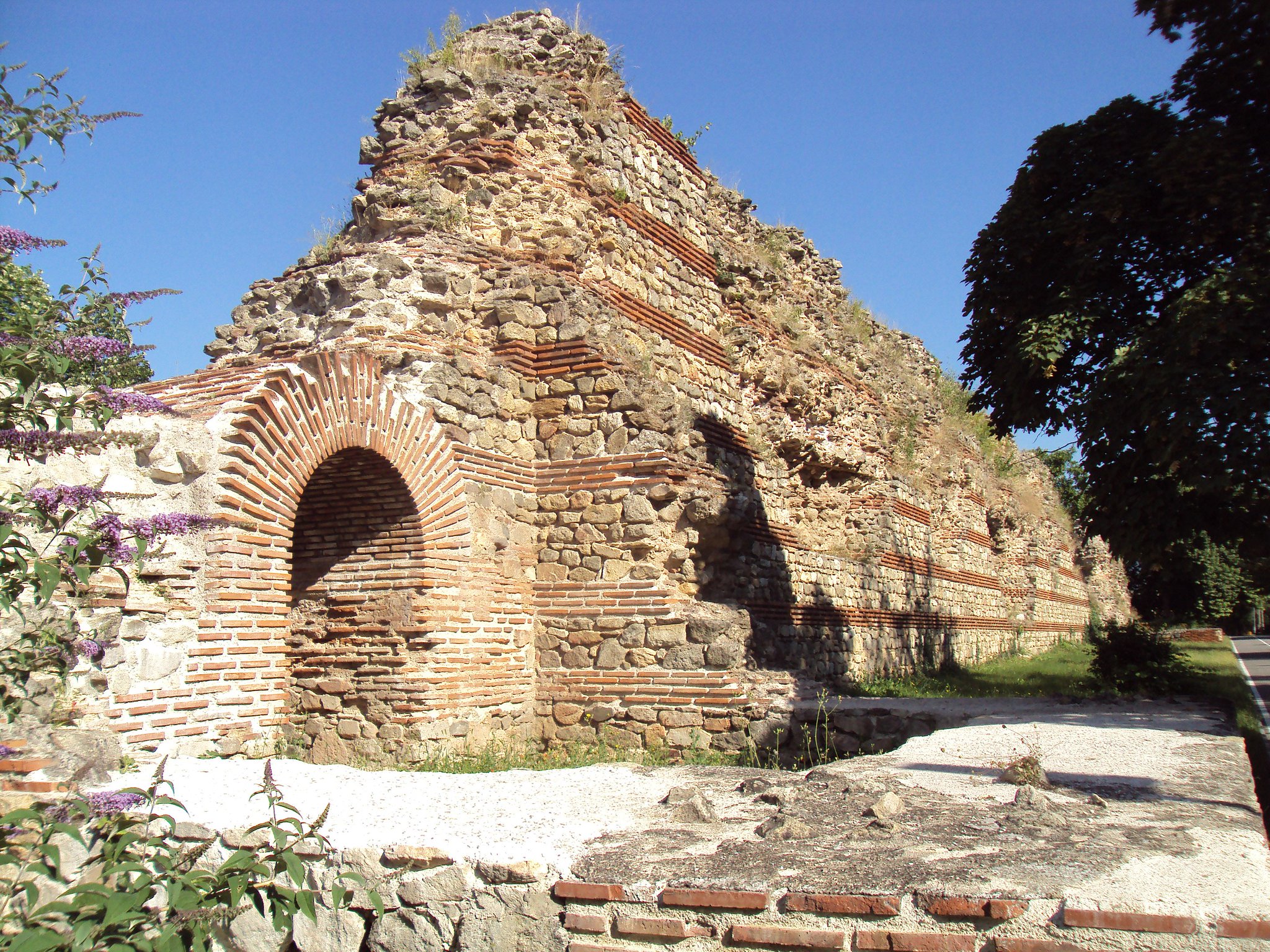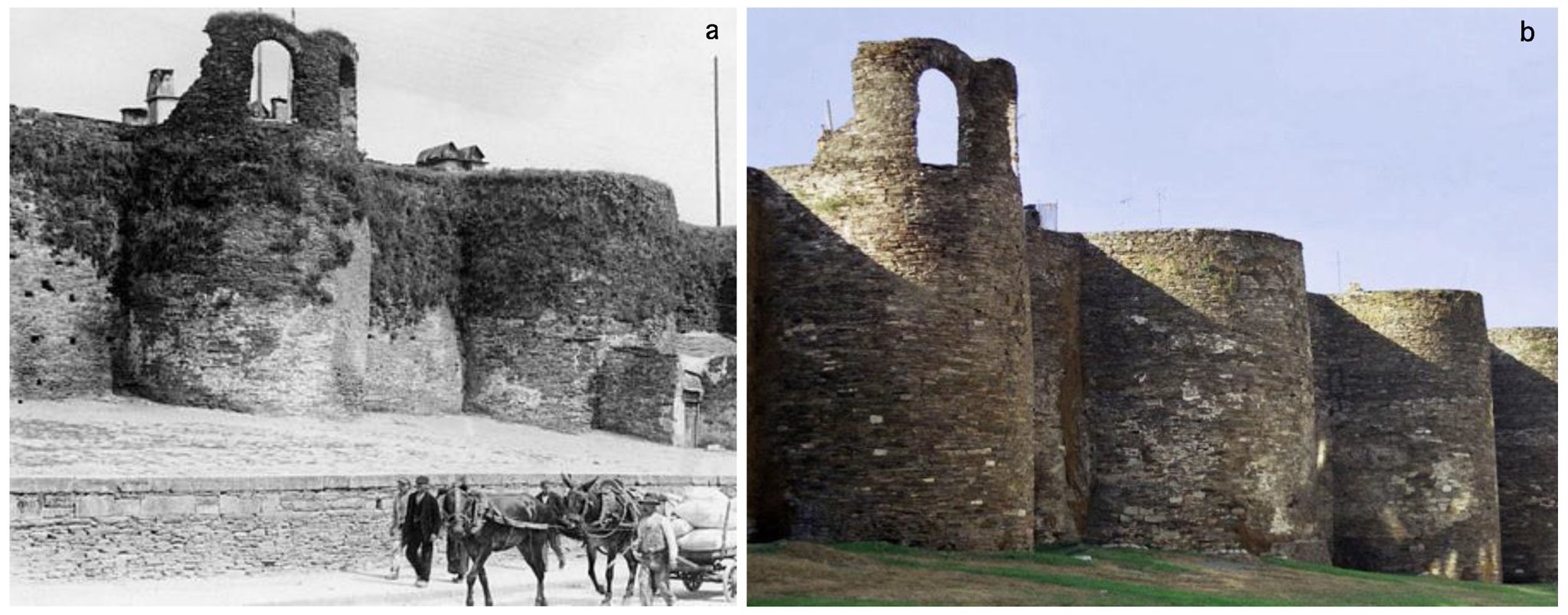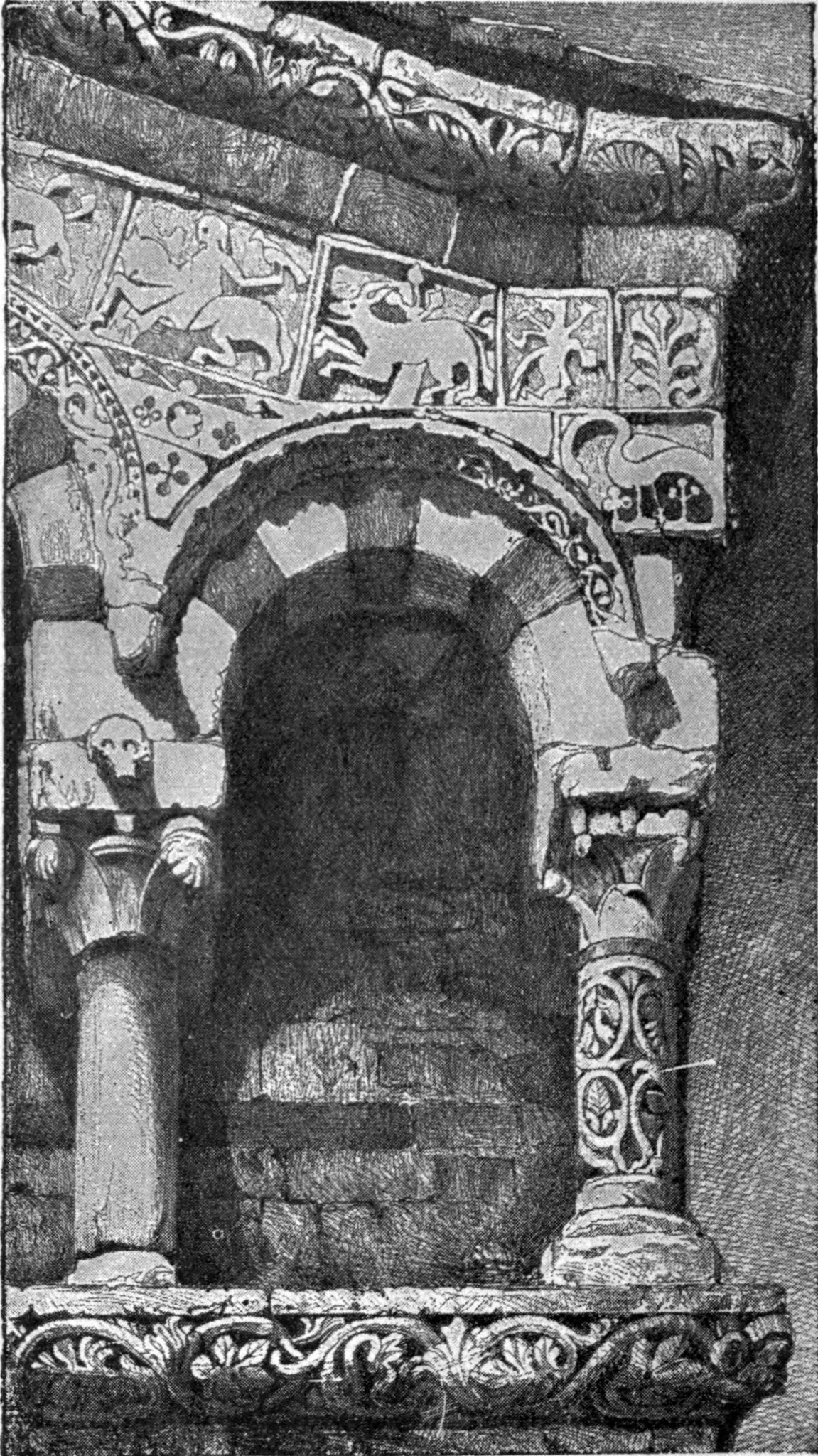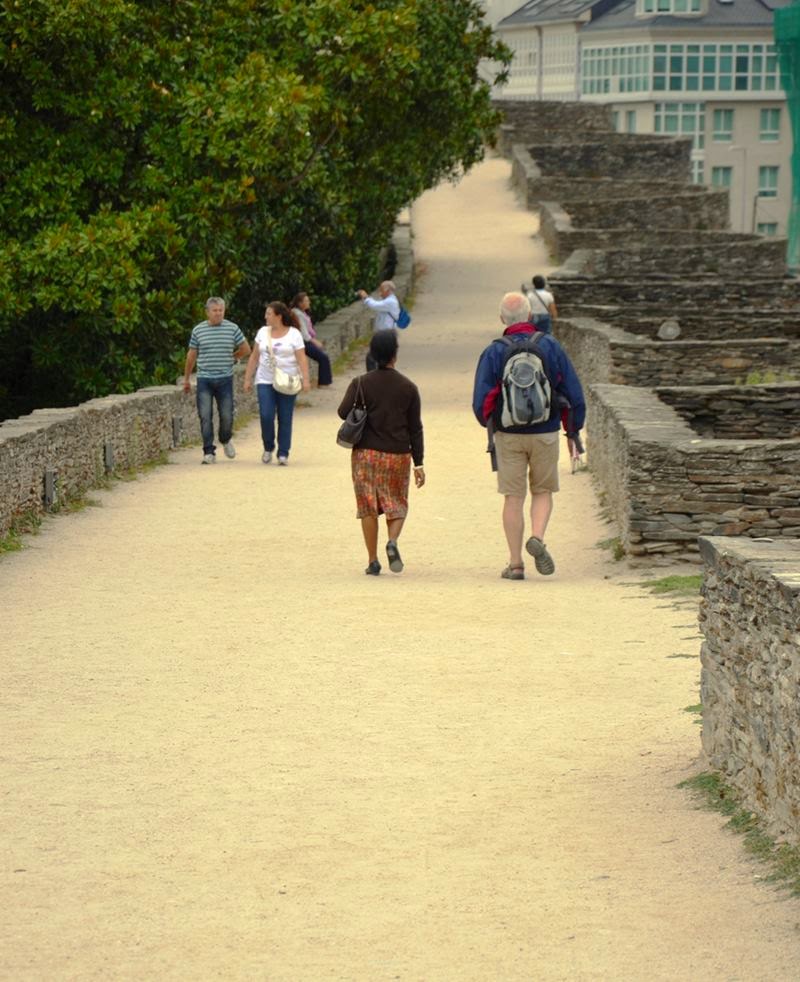The small city of Lugo in northern Spain has a special secret.
It is the only place in the world to have a complete set of intact Roman walls. They were built 2,000 years ago and surround the entire old town.
But how did they survive? That's where it gets interesting...
























